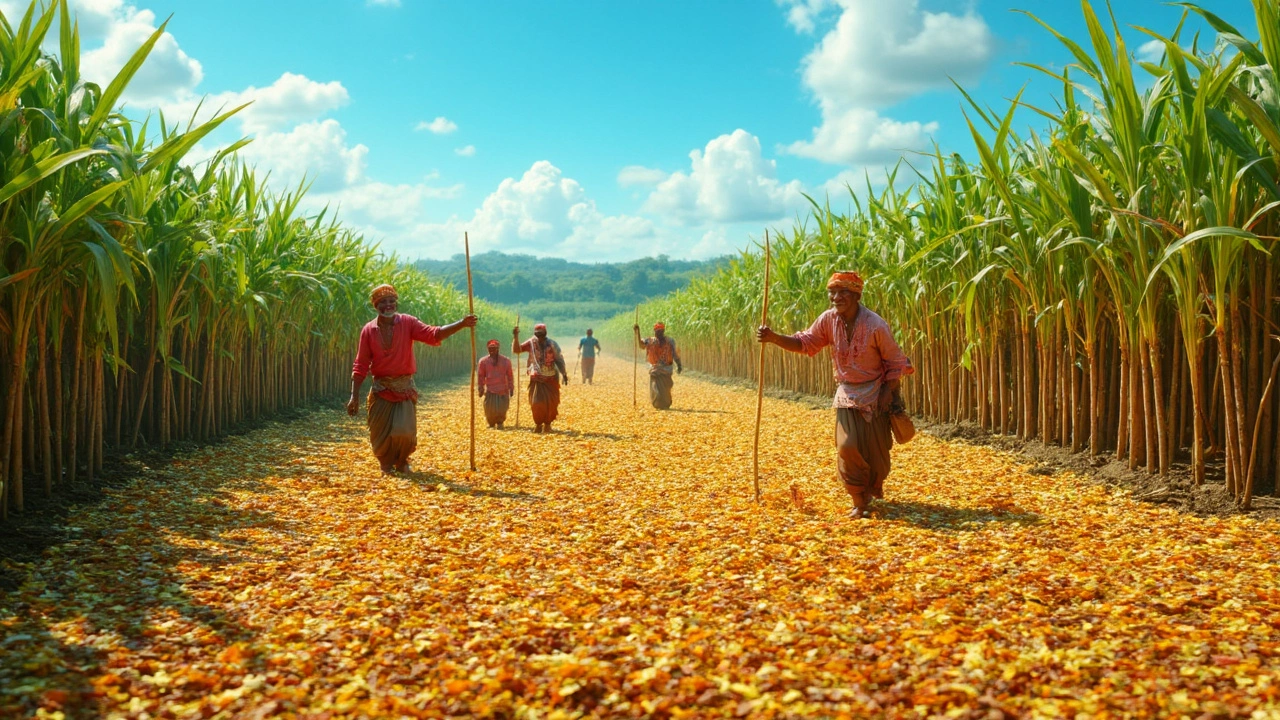Coca-Cola Raw Materials: What They Are and How to Move Them Efficiently
If you’ve ever wondered what goes into a bottle of Coke, you’re not alone. The drink isn’t just water, sugar, and a secret flavor – it needs a whole set of raw materials that have to be bought, stored, and shipped just right. In this guide we’ll break down the main ingredients, show why good logistics matter, and give you practical tips you can use right now.
Key Raw Materials in Coca-Cola Production
The biggest pieces of the puzzle are:
- Sugar or high‑fructose corn syrup – the sweetener that gives Coke its taste. It arrives in bulk, either as granulated sugar or a liquid syrup, and needs temperature‑controlled storage to avoid clumping.
- Carbonated water – water that’s been chilled and infused with CO₂. While the water itself is simple, the carbon dioxide gas has to be handled in pressure‑rated tanks and delivered close to the bottling line.
- Caramel color – a concentrated syrup that provides Coke’s dark hue. It’s shipped in sealed drums and kept away from direct sunlight to maintain quality.
- Phosphoric acid – the ingredient that adds a sharp bite. It’s hazardous, so you need proper labeling, spill kits, and a licensed carrier for transport.
- Packaging materials – glass bottles, PET trays, aluminum cans, and caps. Each material has its own weight, size, and handling rules, so a mixed‑load strategy often works best.
When you add up the volume, you’re looking at thousands of pallets coming in and out of a bottling plant every week. That’s why a smooth logistics plan is a game‑changer.
Logistics Tips for Handling Coke’s Ingredients
1. Map the supply chain early. Know exactly where each raw material comes from – sugar farms in Brazil, corn farms in the US, CO₂ plants in Europe. Plot the routes, transit times, and customs steps. Shortening one leg of the journey can shave days off your overall lead time.
2. Use a Warehouse Management System (WMS). A good WMS tracks batch numbers, expiry dates, and temperature zones. For Coca‑Cola, you’ll want separate zones for dry sugar, liquid syrups, and pressurized CO₂. Real‑time alerts keep you from mixing up batches and help you stay compliant with food‑safety standards.
3. Keep inventory levels lean but safe. Too much stock ties up cash and risks spoilage; too little causes production stops. Apply a just‑in‑time (JIT) approach for fast‑turn items like CO₂, but keep a safety buffer for sugar, which is less volatile.
4. Choose the right carrier for hazardous items. Phosphoric acid and CO₂ need certified drivers and vehicles. Work with carriers who have the proper insurance and know the regulations in each country you operate.
5. Consolidate shipments when possible. Instead of sending a truck for each material, bundle sugar, caramel color, and packaging into a single load. Consolidation reduces fuel costs, lowers emissions, and simplifies paperwork.
6. Monitor temperature and humidity. Sugar can clump if it gets damp, and caramel color can degrade under heat. Use IoT sensors in your warehouse to get live data, and set thresholds that trigger alerts for corrective action.
7. Train staff on handling protocols. From forklift operators to packing crew, everyone should know the right way to move each material. Simple checklists reduce mistakes and keep the floor running smoothly.
Putting these steps together creates a supply chain that’s fast, reliable, and cost‑effective. Whether you’re a small bottler or a big plant, the same principles apply – know your ingredients, track them tightly, and move them with the right tools.
Ready to improve your beverage logistics? Start by auditing your current material flow, add a WMS if you haven’t already, and talk to your carriers about consolidating hazardous loads. Small changes today can mean big savings and fewer production hiccups tomorrow.
Where Does Coca-Cola Source Its Raw Materials?
Ever wondered where Coca-Cola gets its ingredients from? Let's explore the sourcing strategy of this global giant, from the origins of sugar and caffeine to the logistics of natural flavorings. We'll uncover the company's partnerships with suppliers, the measures they take for sustainable sourcing, and how they keep those raw materials flowing efficiently.
Read More